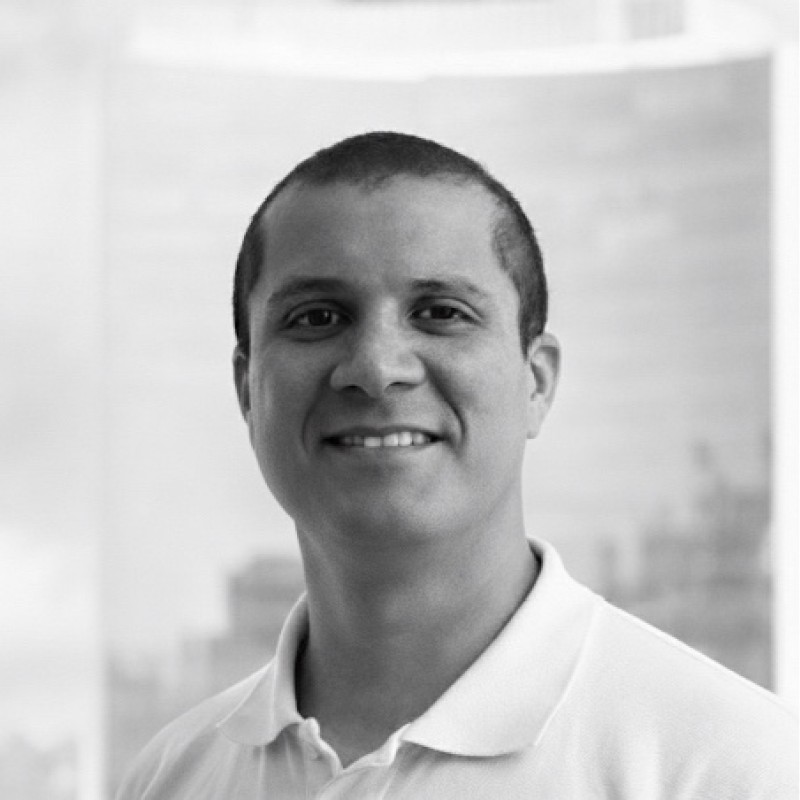We propose a quantum computing-optimized lightsail propulsion system capable of reaching α Centauri in 8 years at 0.5c velocity. This represents a 2.4× improvement over existing other interstellar initiatives proposals while reducing total mission cost from $500B to $13B.
The technology enables near-term applications in satellite deorbiting and CubeSat propulsion, creating a sustainable development pathway toward the interstellar mission.
